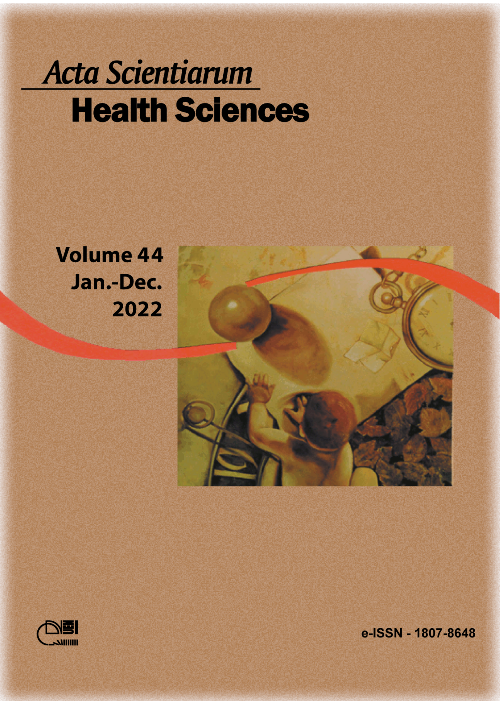Relationship between tooth loss, nutritional status and consumption of macro and micronutrients in elderly people from southern Brazil
Resumo
Maintaining a functional natural dentition plays an important role in keeping a satisfactory nutritional status. The aim of this study was to evaluate the relationship between oral health conditions determined by the presence of edentulism and the number of missing teeth, nutritional status and consumption of nutrients by the elderly. This cross-sectional study comprised 494 independent elderly of both genders, over 60 years of age, registered at the Brazilian public health service in Londrina, southern Brazil. The data collection included: oral examinations; anthropometric measurements by calculating the Body Mass Index (BMI); analysis of food consumption based on a multiple pass 24-hour dietary recall and a food intake frequency questionnaire; and structured interviews to obtain sociodemographic information. Multiple linear regression, the Fisher’s Exact test, chi-square and Mann‑Whitney tests, were applied at a 5% significance level. The prevalence of edentulism was 47.3%; this predominated in females, age group from 65 to 74 years, low education level and low/medium economic classification. A larger number of underweight and fewer number of overweight elderly were recorded among the edentulous versus dentate participants (< 0.0001). Significantly lower consumption of several nutrients, as well as fruit, was recorded among the edentulous group. In particular, carbohydrates, vitamins (B1, B9 and C), and the majority of the minerals studied were associated with a larger number of missing teeth. In conclusion, tooth loss was associated with the food consumption pattern of some macro- and micronutrients and the nutritional status of the Brazilian elderly.
Downloads
DECLARAÇÃO DE ORIGINALIDADE E DIREITOS AUTORAIS
Declaro que o presente artigo é original, não tendo sido submetido à publicação em qualquer outro periódico nacional ou internacional, quer seja em parte ou em sua totalidade.
Os direitos autorais pertencem exclusivamente aos autores. Os direitos de licenciamento utilizados pelo periódico é a licença Creative Commons Attribution 4.0 (CC BY 4.0): são permitidos o acompartilhamento (cópia e distribuição do material em qualqer meio ou formato) e adaptação (remix, transformação e criação de material a partir do conteúdo assim licenciado para quaisquer fins, inclusive comerciais.
Recomenda-se a leitura desse link para maiores informações sobre o tema: fornecimento de créditos e referências de forma correta, entre outros detalhes cruciais para uso adequado do material licenciado.























5.png)







